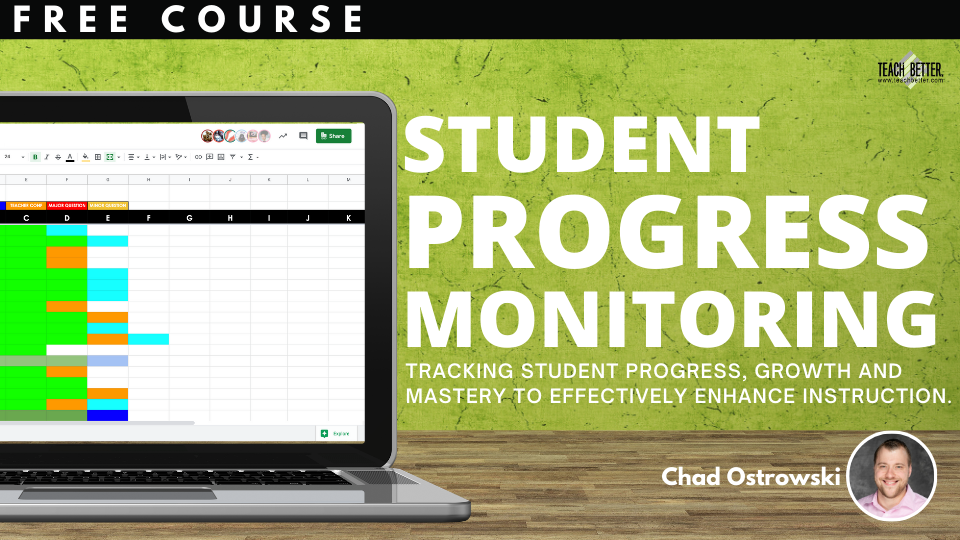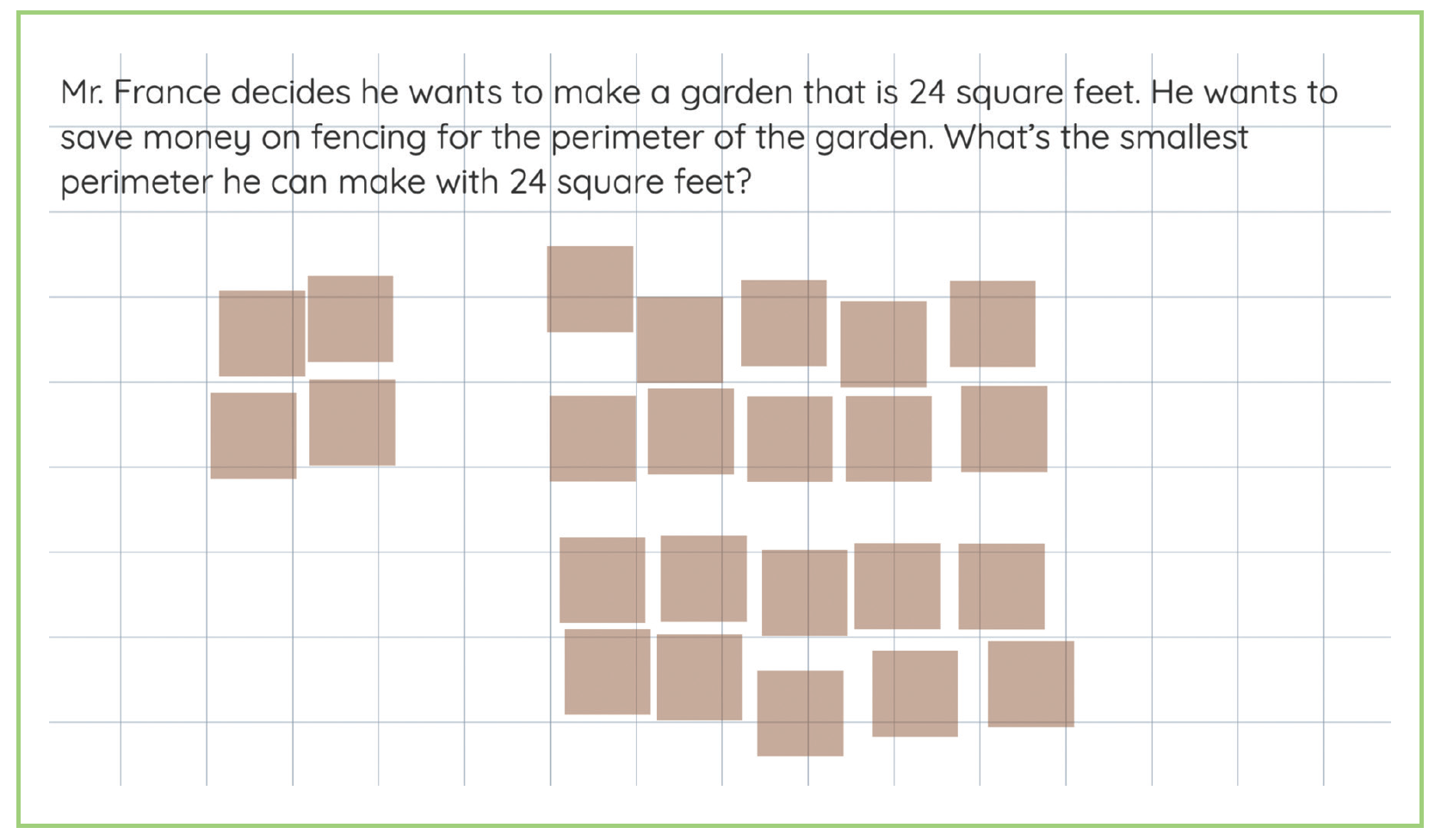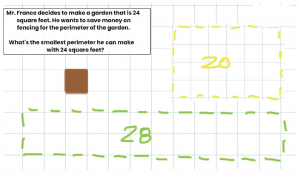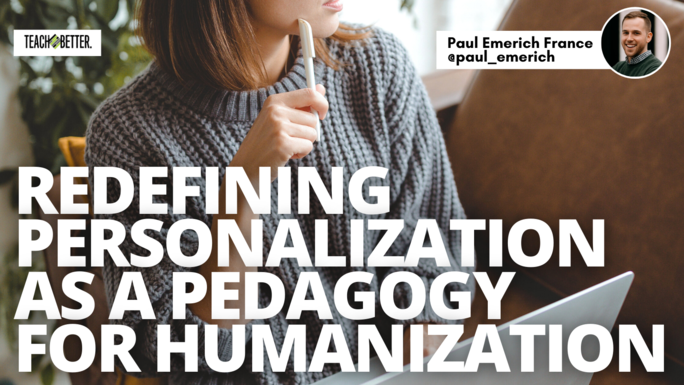TL;DR:
- Personalized learning can ensure equitable learning in classrooms.
- We must reframe personalization not as a pedagogy of individualization, but as a pedagogy for humanization and connectedness.
If there’s one thing that’s clear, it’s that the primary purpose of personalization is to ensure equitable learning in our classrooms. We know full well that students come into our classrooms as unique human beings. As a result, we need to meet them where they are and support their individual learning journeys.
As we conclude the 2020-21 school year and begin a new one, however, we must remind ourselves of the true definition of equity, in an effort to center our students’ humanity and counter current problematic narratives about “learning loss.”
We must remember that equity cannot only be defined in terms of curricular outcomes. It's true that students come into our classrooms with academic needs, but these are secondary to their human needs. Click To TweetLearning Loss Is Deficit-Based
Let’s start with the fact that the term learning loss is deficit-based. By entering the school year under the impression that students have lost learning, we frame ourselves and our students as defunct or broken. In reality, our students are coming with a new set of skills resulting from this global crisis: empathy, resilience, and a renewed appreciation for feelings of connectedness that come from being at school. Instead of building upon a foundation that sees their experiences as ones of loss, why not build on these new strengths of theirs?
The notion of deficit-based thinking is not new, by any means. Moll et. al (1992) tell us that students who have been marginalized bring “funds of knowledge” with them into their classrooms, skills such as bilingualism or resilience. By leveraging these, we not only see students for their strengths, we create space for them to share these strengths with their peers—and be recognized for them.
Redefining Equity in the Context of Personalization
The problem is, though, when we talk about personalization, our conversations are most frequently grounded in deficit-based thinking. That’s not to say that our intentions aren’t good. We are all invested in supporting students and meeting their needs. But the reality is that most personalized learning programs look for “gaps”—what students lack—before looking at what students bring to our classrooms. Inevitably, this incentivizes teachers to over-individualize curriculum, widening gaps in opportunity, as opposed to connecting students to one another through humanizing learning experiences.
We must remember that equity cannot only be defined in terms of curricular outcomes. It’s true that students come into our classrooms with academic needs, but these are secondary to their human needs: the need to belong, to feel seen for one’s strengths, and to feel connected to something greater than oneself.
[scroll down to keep reading]
Leveraging Complex Instruction
We must reframe personalization not as a pedagogy of individualization, but as a pedagogy for humanization and connectedness. There are ways to do this that meet students’ academic needs, meanwhile keeping them connected to one another through whole-class activities.
Complex instruction, a term coined by Stanford researchers Elizabeth Cohen & Rachel Lotan (1997), does just this. Complex instruction fulfills three criteria:
- multi-ability curricula
- special instructional strategies to promote collaboration and discourse
- addressing issues of status or privilege by providing access to a rigorous curriculum
When we embrace complex instruction, we use what Jo Boaler, author of Mathematical Mindsets (2015), calls “low-floor, high-ceiling” tasks. Students can collaborate over a task with varied access points, meanwhile receiving feedback that helps them grow as individuals. Here’s an example from my book, Humanizing Distance Learning: Centering Equity and Humanity in Times of Crisis.

Copyright Paul Emerich France (2020), Humanizing Distance Learning: Centering Equity and Humanity in Times of Crisis
As you can imagine, there are myriad ways to solve this problem. Students furthering their understanding of area and perimeter (3.MD) might use a series of multiplication equations to find the smallest perimeter, while students who require concrete or tactile manipulatives can use the squares to help them access the task.
Regardless, all students are able to collaborate on the same task, bringing their strengths, their curiosities—and even their challenges—into a learning environment that values connection across varied abilities.

Copyright Paul Emerich France (2020), Humanizing Distance Learning: Centering Equity and Humanity in Times of Crisis
Moving From Individualization to Humanization
We must change our definition of personalization to be a pedagogy for humanization instead of individualization. These types of learning experiences previously mentioned center our students’ humanity, keeping them connected to a learning community through diversity of thought, dialogue, and discourse, meanwhile helping them access shared experiences in a manner that works for them.
After all, isn’t that what personalization is all about?
About Paul Emerich France
Paul Emerich France is a National Board Certified Teacher, keynote speaker, and education consultant. He is the author of two books, Reclaiming Personalized Learning and Humanizing Distance Learning, and his work has been featured in numerous publications, such as Edutopia, EdSurge, and ASCD’s “Educational Leadership.” You can learn more about Paul at www.paulemerich.com.



